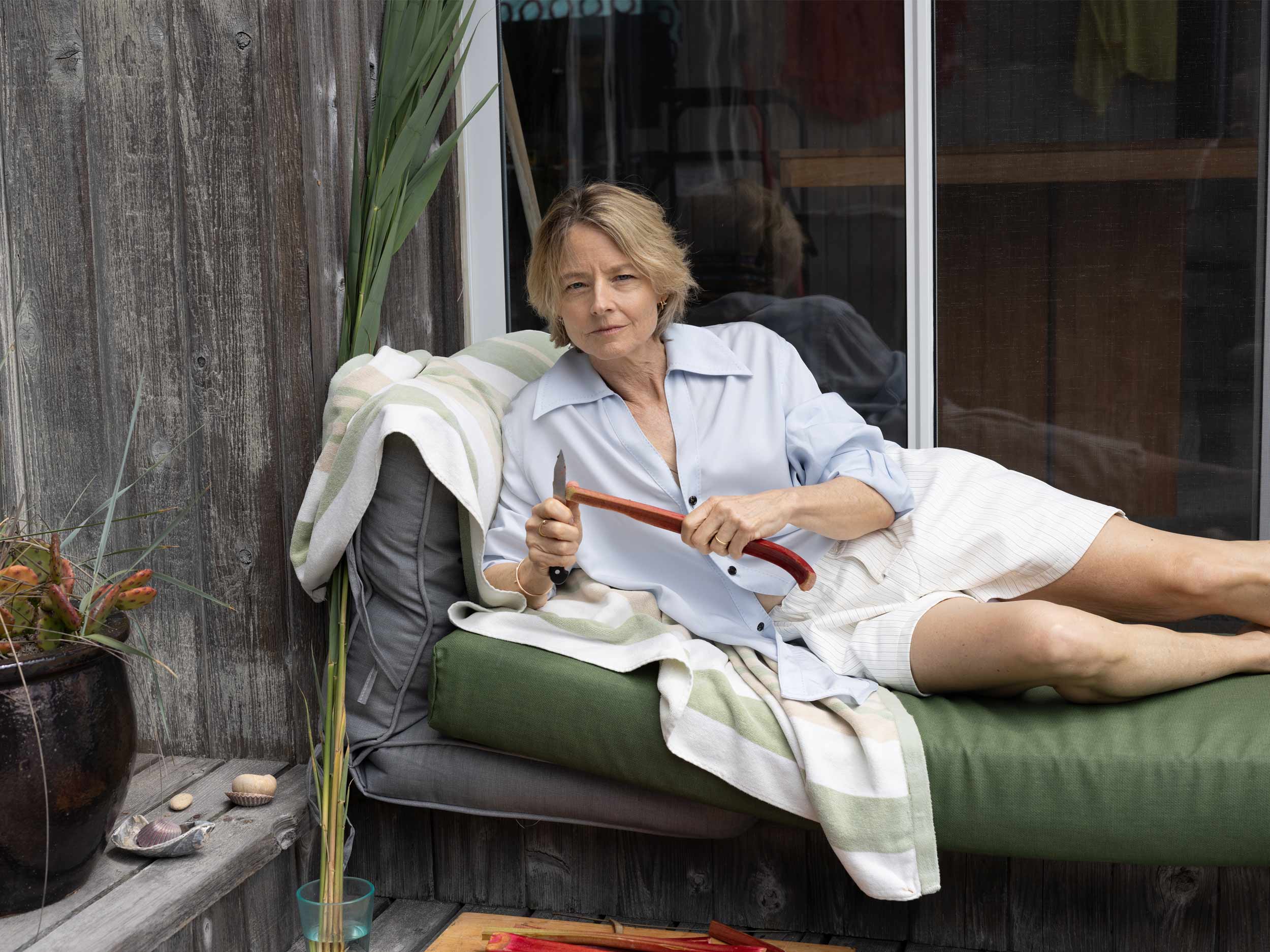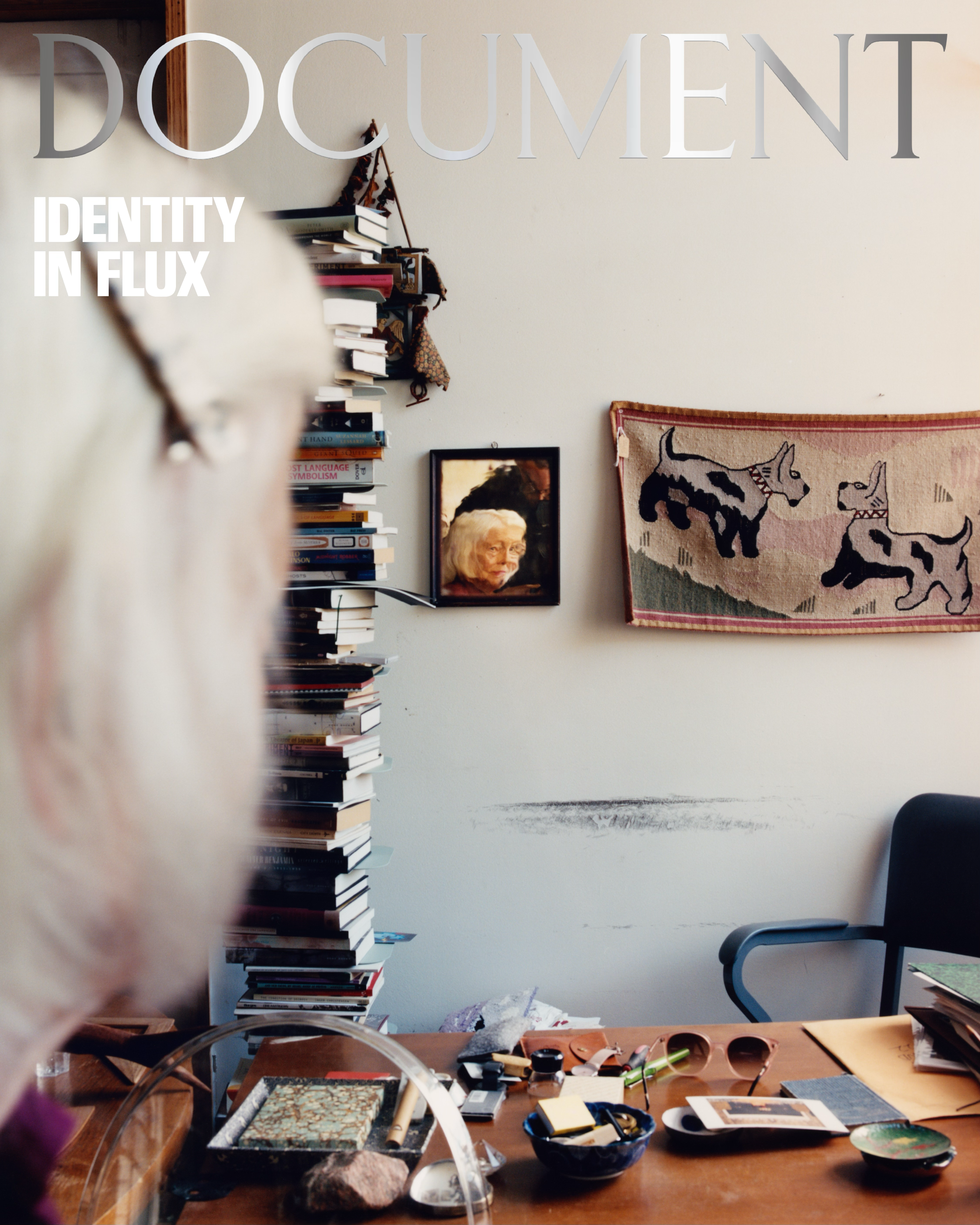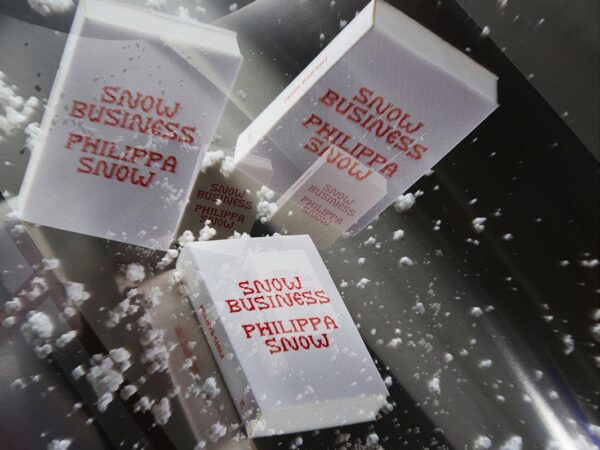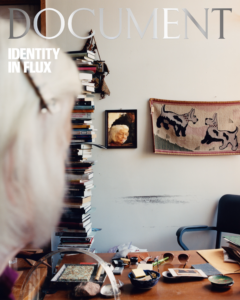A talk given at Statements on Style, as part of the MoMA Forum on Contemporary Photography, by Nick Vogelson, Editor-in-Chief, Document Journal and Notes on Beauty
This talk was originally featured in MoMA’s Statements on Style panel as part of their Forum on Contemporary Photography lecture series on April 23 2025. The Forum explores varied fictions of fashion photography and its potential to express forms of social and cultural resistance through sustainable collaborations, queer histories of capitalism, and liberatory frameworks.
A huge special thanks to all of the incredible speakers tonight, artists Collier Schorr, Tina Barney, Shikeith, Sara Cwynar, and Camila Falquez; curators Kaitlin Booher, Associate Curator of Photography, Columbus Museum of Art, Tanja Hwang, Curator, Department of Architecture and Design, MoMA; Antwaun Sargent, Director at Gagosian; Pauline Vermare, Curator of Photography, Brooklyn Museum; Elspeth H. Brown Professor of History, University of Toronto; and Rocío Aranda-Alvarado, Senior Program Officer, Creativity and Free Expression, Ford Foundation. And an extra thank you to Roxana Marcoci, Senior Curator and Acting Chief Curator of Photography, and Caitlin Ryan, Assistant Curator, both at The Museum of Modern Art.
It’s a pleasure to be here today. It’s an honor to speak among fellow image-makers, thinkers, and visual investigators—people who understand that fashion photography isn’t just about capturing style, but about shaping how we see, feel, and imagine the world around us.
From the start, Document has lived in the interstitial—between art, fashion, and literature. And in that in-between space, something happens: tension, resistance, and sometimes, new ideas. I’ve always been drawn to where these cultural forces and subcultures germinate. We created Document as a platform to hold contradictions: between beauty and critique, surface and depth, fashion and philosophy.
We weren’t interested in tracking trends or selling clothes. We were interested in dialogue. We asked: What does it mean to make an image now? How can fashion photography offer not just a mirror, but a challenge to the systems that define identity, desire, and worth?
Through collaborations with artists like Collier Schorr, Wolfgang Tillmans, Tyler Mitchell, Juergen Teller, Richard Prince, and Lorna Simpson, Paul McCarthy, we’ve explored that tension. We’ve sought out photographers who operate in that in-between—where boundaries blur between the intimate and the public, the political and the sensual—asking us to slow down and consider what’s shown, and what’s withheld.
I’ve always loved print for the sequencing it allows, for the way contradictory ideas can live side by side, connected by a thread of discovery.
What we’ve learned is this: at its best, fashion photography isn’t just a vehicle for style—it’s a language. One that’s evolving, fractured, refracted through new technologies and desires. The last two decades have radically reshaped how images are made, circulated, and consumed. The rise of digital media has democratized authorship. The magazine cover, once a symbol of top-down authority, now shares space with the Instagram grid, the TikTok feed, the lo-fi selfie as protest or performance. Everyone’s a publisher. Everyone curates their self.
This destabilization is both exhilarating and unsettling. As the infrastructures of fashion and media collapse and regenerate, the visual field is flooded with images. And yet, the hunger for meaning—images that do more than decorate—has never felt more urgent. We still crave images that do the hard work: of representation, storytelling, and vision.
Over the past decade, I’ve been particularly interested in subcultures, from Queer rodeos, to COVID raves, and even nudist communities, because I feel subcultures are the spaces where new ideas can germinate, grow, and travel before they’re absorbed into mainstream dialogues.
We shot Jodie Foster with Wolfgang Tillmans on Fire Island—a place heavy with queer memory, light with ocean air, and charged with quiet rebellion. Jodie brings a calm intensity, a grace that holds the chaos of the moment. It’s not just a portrait—it’s a meditation on legacy, queerness, and soft power.
These are not just images—they’re collaborations. And not in the logo-collab sense. These are partnerships that reject extraction and embrace shared authorship. They honor the labor behind the image: stylists, casting directors, subjects, retouchers, editors—all co-creating meaning.
Fashion has always been a site of tension—between survival and spectacle, between rewriting the rules and reinforcing them. Queer communities, in particular, have used image-making as both armor and invitation.
Each issue of Document is built around a theme, more like a symposium than a traditional magazine structure. Our issue on identity, for example, aimed to document human experience across all ages. We paired a Juergen Teller baby cover with Joan Jonas shot by Jamie Hawkesworth. Sometimes, the most radical gesture fashion can make is to bring joy. That image—absurd, irreverent, sincere—reminds us that beauty can be fragile, funny, and full of potential. That it doesn’t have to perform.
That, to me, is the radical potential of fashion photography—and one I see embraced by a new generation of photographers working collectively, with care and slowness, often outside commercial systems. This shift is not just aesthetic—it’s structural. It reimagines the image not as a product, but as a process. A site of collaboration. A place to ask: What does it mean to be vulnerable? What does it mean to be visible?
Photographers like Tyler Mitchell are leading the way—telling stories rooted in softness, discovery, and refusal. These images don’t just look different—they feel different. They make space for complexity.
Joshua Woods, another close collaborator, brings great sensitivity and creativity to his images—whether transforming Mickalene Thomas into a supermodel or photographing Solange at the Glass House.
Fashion photography has always dealt in fiction—constructing characters, conjuring mood, building atmosphere. But fiction isn’t the opposite of truth. Often, fiction is the only way to express truths too complex to state plainly. In this way, the fashion image becomes a speculative space. It doesn’t just show the world as it is—it proposes how it could be.
Now, we’re launching our newest title, Notes on Beauty. Here, beauty is only a starting point—a peripheral subject. If Document is about culture at large and the external world, Notes on Beauty is inward-facing. It’s about self-discovery. We weren’t interested in answering the question, “What is beauty?” We wanted to ask better ones.
The first issue centers on the theme of Desire and Devotion, exploring cultural and artistic portrayals of love, identity, and becoming. It’s about individual beauty, not standardized ideals. It’s about being a role model for self-realization.
In the debut portfolio, by Inez & Vinoodh, we explored 20 individuals across four generations, who each exemplify their own journey of love and self-discovery.
We explore queer communities in Côte d’Ivoire, and revisit Dietmar Busse’s seminal series My Life as a Flower, a project he began in the ’90s and has recently returned to for our debut issue.
At both Document and Notes on Beauty, we live in the in-between: between fashion and art, commerce and critique, surface and soul. We believe fashion photography can still whisper, shimmer, seduce—and resist.
I think we’re left with the question—not the answer. The fashion image, at its most vital, doesn’t resolve the contradictions of race, gender, class, and power. It reveals them. It gives form to our desires, our anxieties, and our longing for something more. It opens a space between who we are and who we might become.
And in that space—between fiction and fact, beauty and critique—we begin to imagine other ways of seeing. Other ways of being.
Thank you.

































































